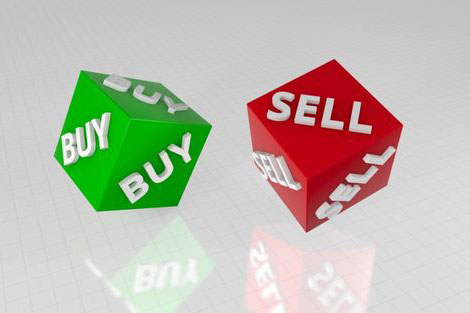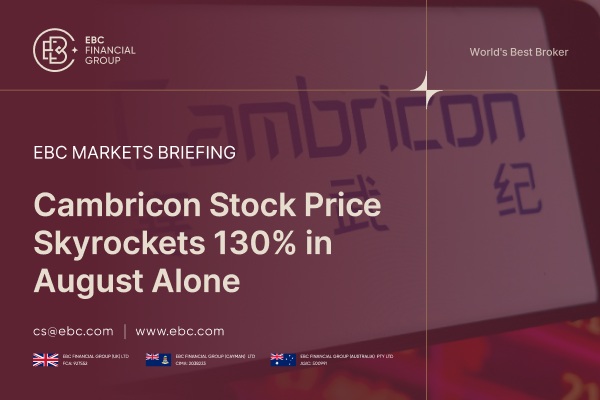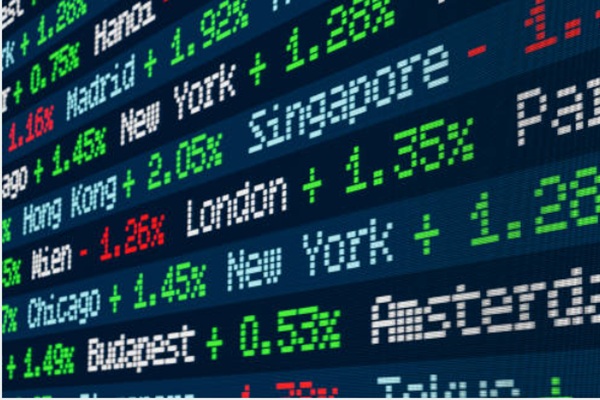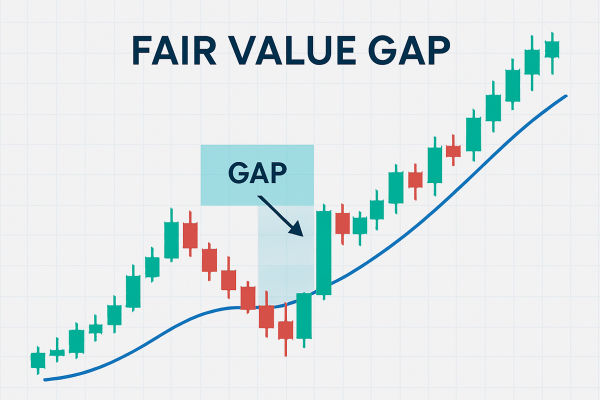What is a Price Difference Contract?
Contract for Difference, also known as CFD Contract, also known as Contract ForDifference. It is a financial derivative that emerged relatively late in the financial market and is currently only traded on stock exchanges in 7 countries. Allowing traders to speculate on short-term price changes in the financial market without ownership of assets, including forex, stocks, commodities, and indices.

As a derivative, the value of contracts for differences is derived from the market value of related assets.
A contract for price difference is actually a contract between the buyer and the seller regarding the price difference. The contract stipulates that the seller pays the difference between the contract price and the settlement price of a certain commodity to the buyer in cash (if the price difference is negative, the buyer needs to pay the seller), and the entire process does not involve transactions with the entity of the commodity, Therefore, we can also say that this is an investment behavior completed by calculating the difference between the opening value and closing value of a certain commodity. The delivery in this process does not need to touch the subject matter itself, but only the delivery of their contract.
It's a bit like we deliver the moon cake tickets of a certain moon cake brand around the Mid-Autumn Festival.
For example, it is now August 10th in the lunar calendar, and Xiang Village produces a boxed Cantonese mooncake. At this time, the market price of mooncakes is 100 yuan per box. If I believe that the supply of mooncakes will exceed demand in the future, and the price of mooncakes will rise, then I will buy this type of mooncake and sell it after the price rises. But this delivery method is too cumbersome, so I will establish a bearish CFD contract, which is a "bullish" mooncake ticket. The construction price is 100 yuan and the quantity is 1 box. At this point, I am equivalent to buying a bullish mooncake ticket contract and paying the seller 100 yuan. And this seller is a person who is "bearish" in the price of mooncakes. Don't ask why they are bearish, they naturally have reasons to be bearish.
When the time comes to August 13th of the lunar calendar, the price of the mooncake rises to 110 yuan. I sold the contract, and at this point, the buyer paid me 110 yuan and I handed over the contract (mooncake ticket). At this time, I earned 110 yuan and made a profit of 10 yuan.
What should I do when looking short? To be bearish is to borrow mooncake tickets and sell them, and then buy them back when they fall. Note that during this process, we only make expectations for the future of one price, and the contract only specifies the price. Throughout the process, no one has encountered the moon cake master. Moreover, in order to simplify the trading process, contract trading often does not require you to pay the full payment, but only requires you to pay a deposit. For example, for this 100 yuan mooncake coupon, you can only pay a 5 yuan deposit for trading, and then return the deposit to you after the delivery is completed.
However, the winning bidder for CFD contract trading in this process is not mooncakes, but forex comparisons, gold, silver, crude oil, or other commodities such as soybeans, orange juice, pigs, cocoa, cotton, etc. And other such contracts also have some differences due to the many rules of the platform provided
The value of a contract for price difference does not represent the value of the asset, it is only the difference in price between the entry and closing of a transaction.
When trading a contract for difference, you agree to a swap process between the market entry price of the relevant asset and the closing price. In the process, the trader is the "buyer" and the broker is the "seller", and both parties agree to use the real-time market price of the asset as the standard.
Price difference contracts allow traders to trade and profit from changes in the price of an asset without ownership. This allows traders to avoid the higher costs of traditional trading. Due to its relatively simple and lightweight operation, it is widely used in the global forex retail field.
What Financial Assets can Contracts for Differences Trade?
Almost all assets in global financial markets can be traded in price difference contracts, including but not limited to the following financial assets: forex, gold, stocks, commodity futures, indices, cryptocurrencies, and all of these assets can be bought or sold.
The contract for price difference is:
Trading contracts completed based on the difference between the opening price and closing price of the underlying financial product
A derivative financial product that allows you to trade the price changes of the underlying financial product without actually owning it
Total return swap refers to the borrowing of funds from a counterparty to purchase a contract in order to obtain a return on the underlying financial product. The borrowing cost can be paid separately through overnight interest, or it is already included in the price difference of the Trading Product
For leveraged trading products, only a portion of the contract value (margin) needs to be paid as the initial margin
Customers can establish long-term or short-term contracts
Belonging to over-the-counter trading products, you can close your contract positions through counterparties
【 EBC Platform Risk Reminder and Disclaimer 】: There are risks in the market, and investment needs to be cautious. This article does not constitute investment advice.







